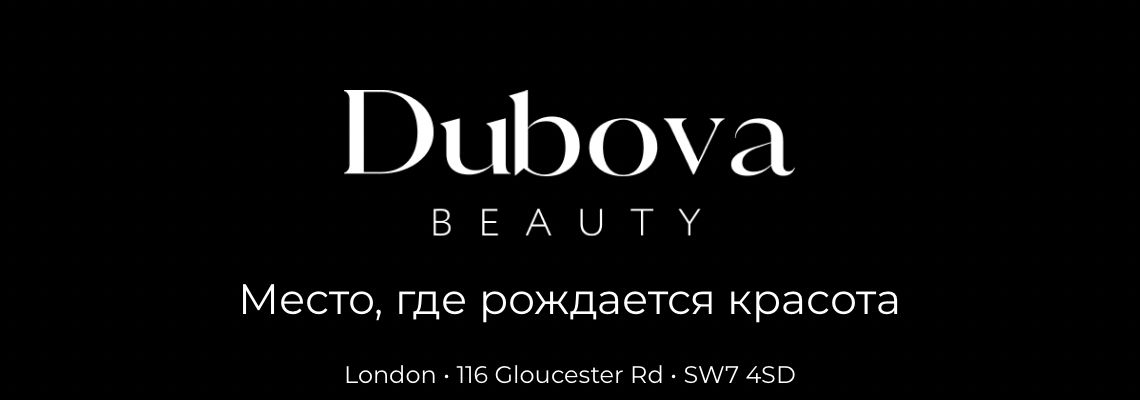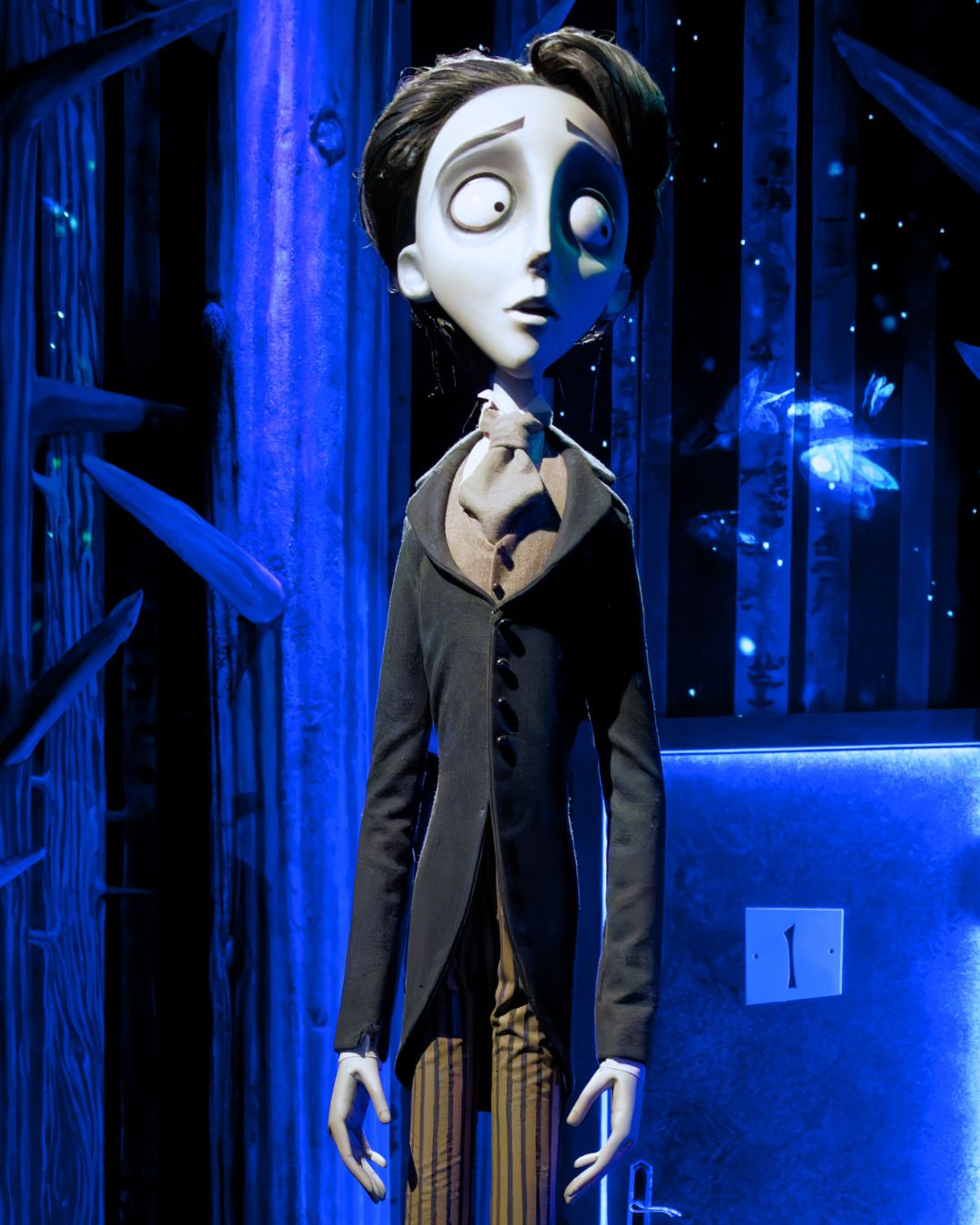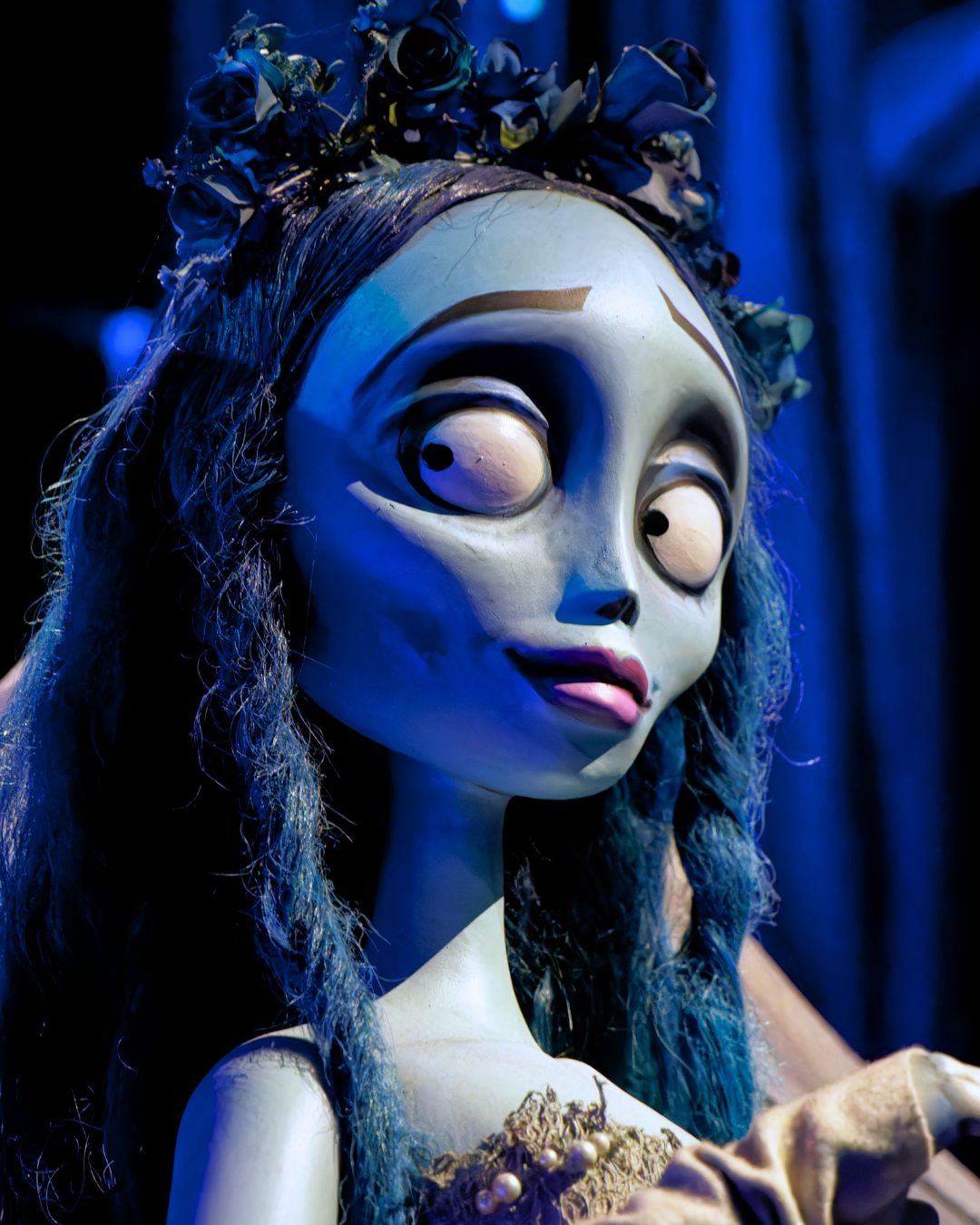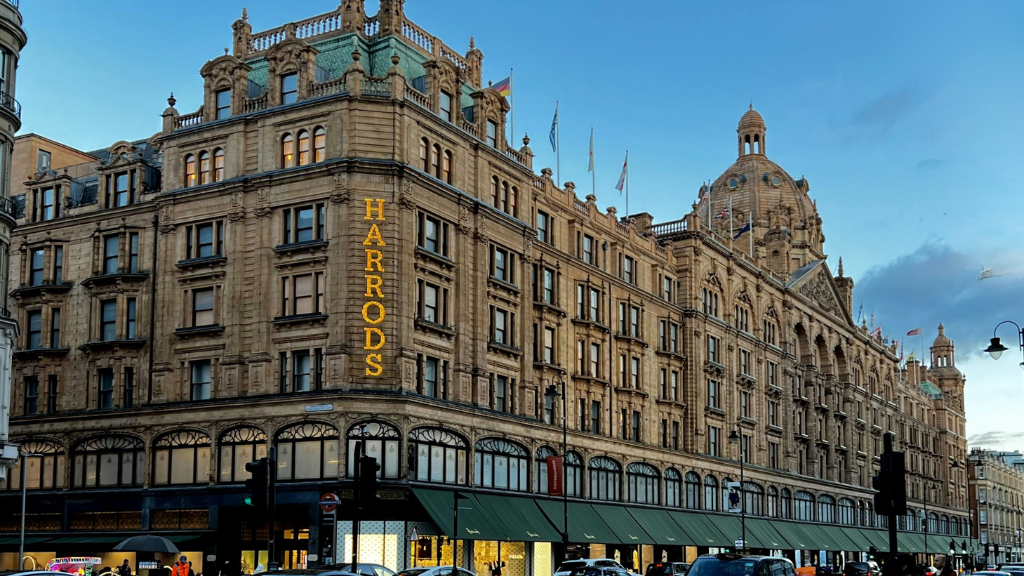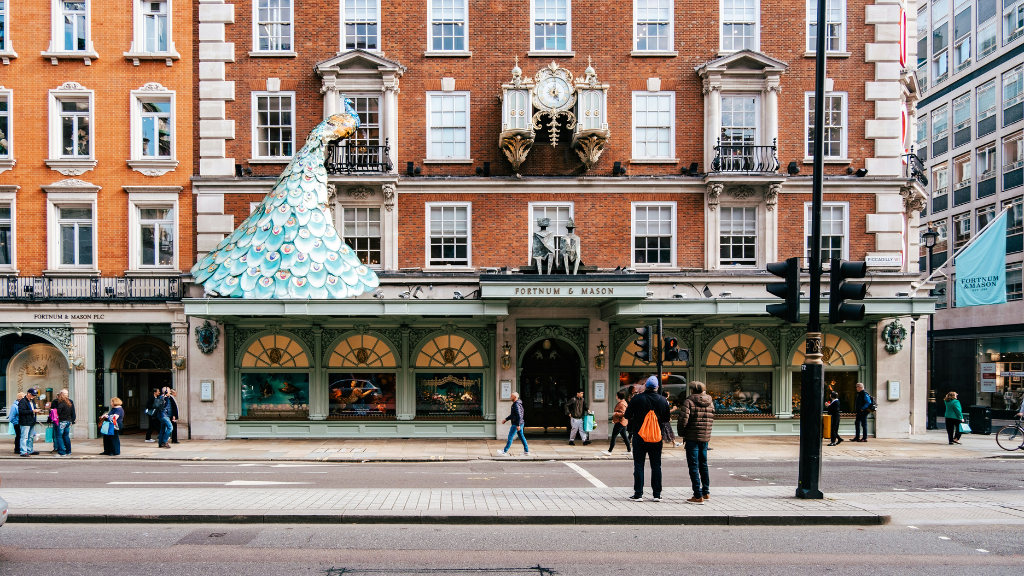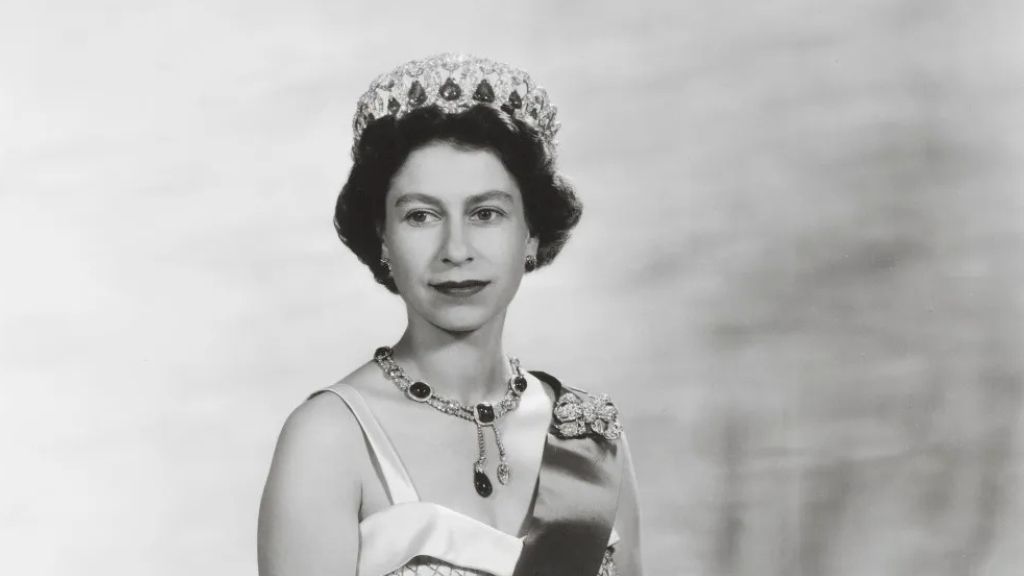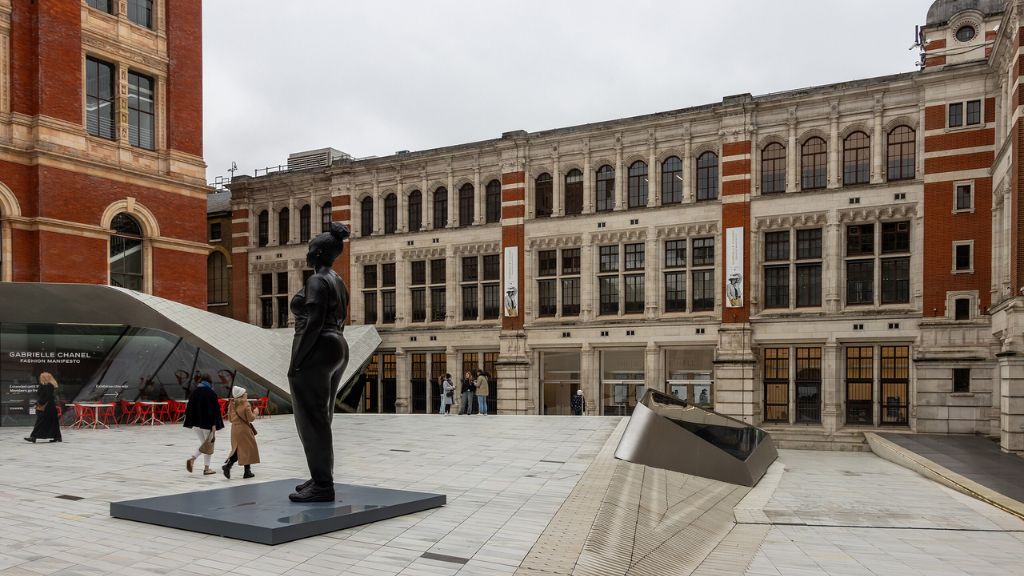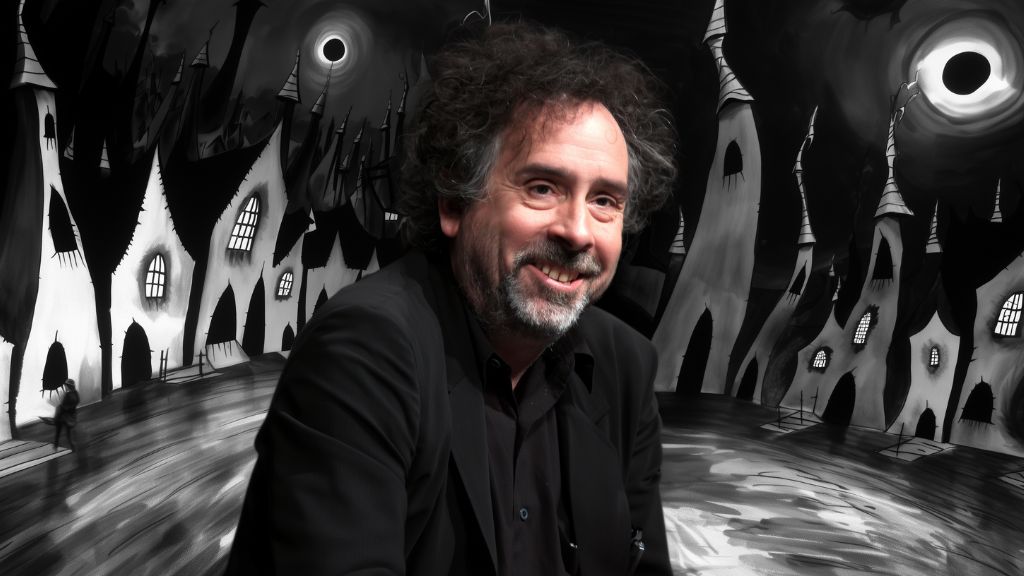
Gothic Carnival: A Guide to Tim Burton’s Films
Tim Burton is one of those remarkable artists who manage to blend niche themes with mainstream hype. His dark characters with big sad eyes have captivated audiences, and after all, who doesn’t see a bit of themselves in these pale figures and their tragic dramas? Afisha.London magazine delves into the world of Tim Burton and explores his filmography.
Burton’s Beginnings: Monsters and Disney
Timothy Walter Burton was born on 25 August 1958 in sunny Burbank, California — a city that hardly reflected the young boy’s inner world. This contrast would later find its way into his work, most notably Edward Scissorhands.
Edward Scissorhands (1990)
At the edge of a lively town, a gothic mansion looms over the hill. Once home to a mad scientist, it is now abandoned — until an optimistic cosmetics saleswoman decides to try her luck. Inside, she discovers one of the scientist’s creations: a young man with scissors instead of hands. Moved by pity, she takes him home, introducing Edward to the artificial, pastel-coloured world of suburban America — one that is utterly unprepared for someone who doesn’t fit its high American-dream-like standards.
Burton grew up on a diet of horror and sci-fi, with a love for monsters like Godzilla and King Kong. He enrolled in the California Institute of the Arts, where professors tried to steer his distinctive artistic style onto a more ‘acceptable’ path. Luckily for the audiences, he ignored them. Instead of ending up in a dead-end job, he landed at Disney.
Read also: Classical Music in Cinema: The Stenography of Emotion
It was there that Burton’s first animated work took shape in collaboration with Rick Heinrichs:
Vincent (1984)
Seven-year-old Vincent Malloy has a wild imagination. Inspired by Vincent Price’s horror films, he sees himself as a mad scientist and evil genius — dreaming of a zombie dog or plotting to turn his aunt into a wax figure. However, his macabre fantasies begin to spill over into the real world.
Invalid slider ID or alias.
The short animated feature was narrated by Vincent Price himself, marking one of the actor’s final roles (you might remember his voice for Michael Jackson’s ‘Thriller’ music video). However, Disney — accustomed to only seeing black on Mickey Mouse’s ears — was baffled by the young director’s dark vision. As a result, his next film, Frankenweenie, was shelved until the early ’90s. It would later be remade as a full-length animated film in 2012.
Did you know Burton briefly worked in television and directed an adaptation of Aladdin? We wouldn’t recommend watching it, but if you’d like to experience the magic of the beloved fairytale, you can catch an Aladdin puppet stage show in London on 2 March. Don’t miss out! Tickets and details.
How Burton Made Comic Book Films Cool Again
After his feature film debut Pee-wee’s Big Adventure, two major things happened in Burton’s life: he met composer Danny Elfman and was invited to direct Batman. However, production was delayed, giving him time to create one of his most iconic works.
Beetlejuice (1988)
Lydia moves into a new house with her father and stepmother but only to find it already occupied by a young ghostly couple. Unable to coexist, the ghosts seek help from Beetlejuice, a mischievous trickster from the afterlife. In 2024, the sequel Beetlejuice Beetlejuice saw an adult Lydia once again crossing paths with the chaotic fraudster in his signature striped suit.
Batman (1989) & Batman Returns (1992)
Burton’s films reshaped the landscape of comic book adaptations. In today’s post-Marvel world it’s hard to imagine, but back then wearing spandex on screen was almost career suicide. But it was one of the legendary icons, the Batman himself, so actors seemed interested. Finally, Michael Keaton was cast as Batman, with Jack Nicholson as the Joker, Michelle Pfeiffer as Catwoman, and Danny DeVito as the Penguin. As usual, the studio found the film too dark — especially DeVito’s grotesque portrayal of the Penguin. Yet despite the concerns both films were massive commercial hits.
A Career Slump and a London Revival
Following his superhero success, Burton hit a rough patch. Ed Wood flopped so hard that some cinephiles claim to still hear its echo at night. With an $18 million budget, it barely scraped past $5 million at the box office. Mars Attacks! and Sleepy Hollow also struggled to make an impact.
However, the 2000s marked a new chapter. Burton moved to London, began a relationship with Helena Bonham Carter, and found renewed success. At least for the most part.
Read also: Goya to impressionism: masterpieces of the Oskar Reinhart collection in the Courtauld Gallery
Corpse Bride (2005)
Victoria and Victor are a perfect match — two kindred spirits preparing for marriage. Overcome with anxiety, Victor turns the wedding rehearsal into a disaster and flees into the woods for solace. Practising his vows, he unknowingly recites them to Emily — a murdered bride who eagerly accepts and drag the new husband to the underworld.
- Victor from ‘Corpse Bride’. Photo: Miguel Discart, CC BY-SA 2.0, via Wikimedia Commons
- Emily from ‘Corpse Bride’. Photo: Miguel Discart, CC BY-SA 2.0, via Wikimedia Commons
Sweeney Todd: The Demon Barber of Fleet Street (2007)
The Burton-Depp-Carter trio reached its peak with this musical about the vengeful barber Sweeney Todd and his accomplice, Mrs Lovett. Wrongfully imprisoned, Todd returns to London with a hardened heart, seeking revenge. He takes up residence with the lonely baker, who fills him in on what happened during his absence and conveniently omitting one crucial detail.
From Blockbusters to Netflix
Burton’s Alice in Wonderland (2010) was a billion-dollar box office smash, but he failed to sustain the momentum. Alice Through the Looking Glass (2016) made less than half and was torn apart by critics.
His subsequent films became self-parodies — commercially viable but leaving audiences cold, as seen with Dark Shadows (2012) and Miss Peregrine’s Home for Peculiar Children (2016).
By the 2020s, the director who once worked with Jack Nicholson and pulled in billion-dollar box office numbers found himself at Netflix — the creative retirement home for once-greats. But Wednesday (2022) proved to be an undeniable hit. From Jenna Ortega’s viral TikTok dance to countless Wednesday Addams costumes at Halloween, escaping its influence was near impossible.
Encouraged by this success, Burton scrapped his retirement plans and returned with Beetlejuice Beetlejuice. In 2025, Wednesday will be back for another season — so it seems we won’t be saying goodbye to Mr Burton just yet.
And for those who want to step inside his wonderfully weird universe, The World of Tim Burton exhibition runs in London until 21 April 2025. A chance to immerse yourself in the director’s eerie imagination and discover the secrets behind his most beloved characters and stories. Tickets and details.
Cover photo: Gage Skidmore from Peoria, AZ, United States of America, CC BY-SA 2.0, via Wikimedia Commons / Midjourney
Read also:
The lonely voice of Alexander Sokurov: a retrospective in London
Brazilian Modernism at the Royal Academy of Arts: The Vibrant Revolution That Changed Art
Splendour and progress: the achievements of Versailles at the Science Museum
SUBSCRIBE
Receive our digest once a week with quality Russian events and articles


